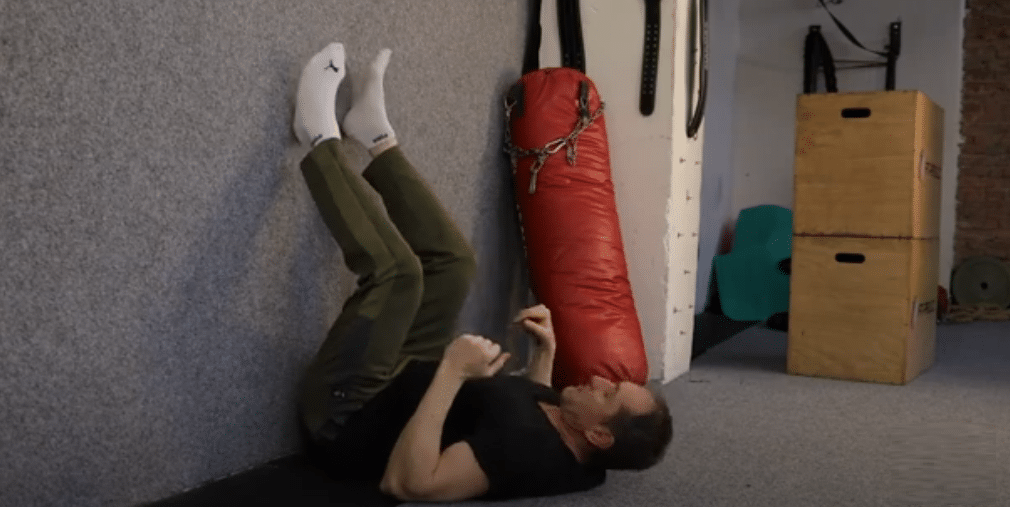Anterolisthesis refers to the forward slippage of one vertebral body relative to the one below it, often in the lumbar spine. Physical therapy can help stabilize the spine, reduce pain, and improve mobility. Here are some exercises to consider:
- Pelvic Tilts: Lie on your back with knees bent and feet flat on the floor. Tighten your abdominal muscles and push your lower back into the floor. Hold for a few seconds and then relax.
- Bridges: Lie on your back with knees bent and feet flat on the floor. Tighten your abdominal and gluteal muscles, then lift your hips off the floor. Hold for a few seconds, then lower down slowly.
- Knee-to-Chest Stretch: While lying on your back, bring one knee up to your chest, holding the shin or back of the thigh. Hold for 20-30 seconds, then switch to the other leg.
- Hamstring Stretch: Sit on the floor with one leg extended straight and the other bent, foot touching the inner thigh of the straight leg. Lean forward slightly from the hips (not the waist) to feel a stretch in the hamstring of the straight leg.
- Prone Press-Ups: Lie face-down and place your hands under your shoulders, as if you were going to do a push-up. Press up, extending your arms and arching your back, while keeping your hips on the floor.
- Abdominal Bracing: Lie on your back with knees bent and feet flat on the floor. Tighten your abdominal muscles, as if you were bracing for a punch. Hold the contraction while breathing normally.
- Transversus Abdominis Activation: Lie on your back with knees bent. Place your fingers on the bony parts of your pelvis. Draw in your belly button towards the spine without holding your breath. You should feel the muscles under your fingers tighten.
See here for symptoms, causes, and treatments for anterolisthesis.
